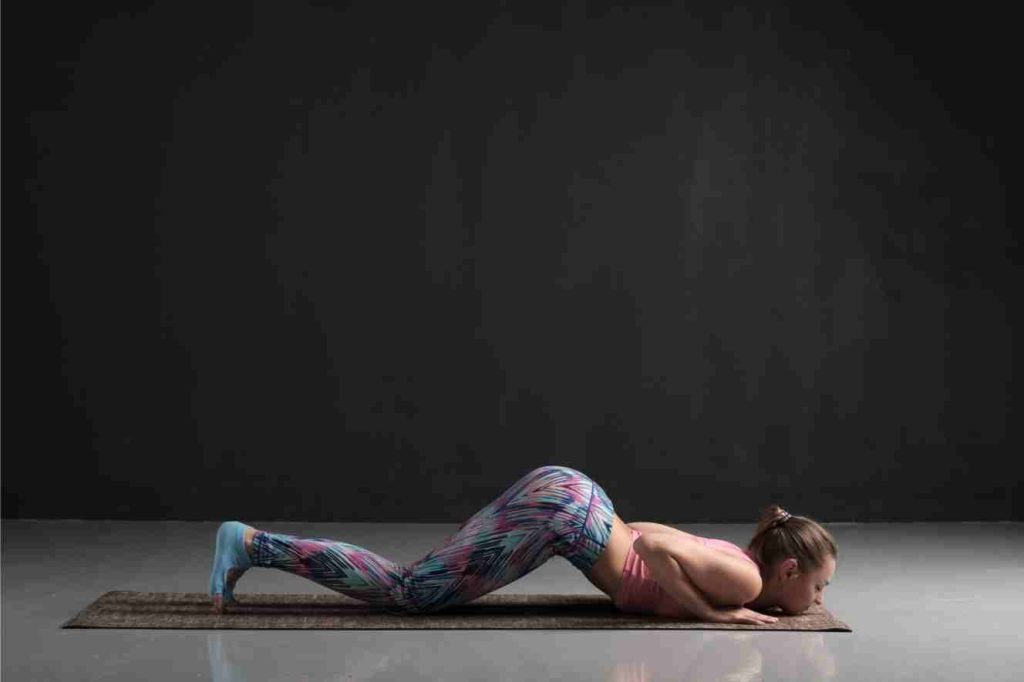
Table of Contents
Ashtanga Namaskara Benefits
Before you start performing Ashtanga Namaskara, you should know what it is and how to perform it correctly. This article will cover Ashtanga Namaskara Benefits and what you should do while performing it. Here are some tips:
What is Ashtanga Namaskara
The Ashtanga Namaskara, also known as Ashtanga Dandavat Pranam, is an asana (yoga pose) that requires the body to balance on eight points of contact with the floor. This asana teaches the body to maintain its balance on all eight points, and is often performed in conjunction with the Surya Namaskar sequence. As with all other asanas, the Ashtanga Dandavat Pranam must be performed correctly to avoid injury.
Ashtanga Namaskara is the sixth pose of the sun salutation, and is sometimes performed as part of a Surya Namaskara sequence. It incorporates a series of yoga poses with specific gaze points. When practiced in a timely fashion, Ashtanga Namaskara is said to bring freedom to the heart. It is practiced with devotion and in a prone position, and is said to bring a person to peace of mind.
How to perform Ashtanga Namaskara
Plank pose is an essential preparatory pose for Ashtanga Namaskara. In plank, shoulders should be directly over the wrists and toes tucked under. During the pose, the chest and head should be off the floor and the elbows should be close to the ribs. The entire pose lasts between 30 seconds to one minute. For pregnant women and those with neck injuries, this pose should be avoided.
Your hands and knees should be touching the floor; however, you can practice the pose in the evening. Make sure to breathe smoothly throughout the whole pose. You will want to lower your knees to the floor while keeping your chest and abdomen off the floor. You will want to keep your elbows near your ribs so that your chest is expanded and your shoulder blades are relaxed.
Ashtanga Namaskara Benefits
Among the benefits of Ashtanga Namaskara is its ability to warm the body before attempting a more complex yoga pose. In addition to increasing blood flow and toning muscles, Ashtanga Namaskara also helps maintain the natural curvature of the spine. It also helps to balance the upper and lower limbs and prepares the body for more difficult poses.
Besides strengthening the lower back and the hips, Ashtanga Namaskara also stimulates the Manipura Chakra, which regulates digestion. Those who practice Ashtanga have a more relaxed and balanced life. This practice is also beneficial for the body’s overall health, as it encourages mindfulness, which is an essential aspect of Ashtanga practice. And as it’s a practice of mindfulness, it can lead to other positive outcomes as well.
When performed correctly, Ashtanga Namaskara is an excellent way to increase your range of motion and improve your posture. This posture uses the back, shoulder, and hip muscles to stretch and strengthen the body’s core. It also helps alleviate back pain. Beginners should start with Cat pose because it requires less effort than Chaturanga Dandasana. However, it is not recommended for people who are pregnant or have carpal tunnel syndrome.
The benefits of Ashtanga Namaskara are numerous. This traditional yoga pose is a good warm up for more challenging poses. The posture also tones muscles, increases range of motion, and maintains the natural curvature of the spine. This practice strengthens the core muscles, helps in balancing the upper and lower limbs, and prepares the body for more challenging yoga poses.
Precautions while performing Ashtanga Namaskara
Before beginning Ashtanga Namaskara, it is important to check your body condition. For instance, a pregnant woman should avoid this pose because it exerts too much pressure on her abdomen. It is also not recommended for people with back problems. It can also lead to migraines or breathing problems.
Ashtanga Namaskara is an alternative to Chaturanga Dandasana in the Sun Salutation sequence. It improves arm strength and opens the chest. It also prepares the body for other poses that require arm balance. The name, Ashtanga, comes from the Sanskrit word asta, which means eight parts. The posture also involves balancing one’s body on eight locations, including the chin, chest, and feet.
